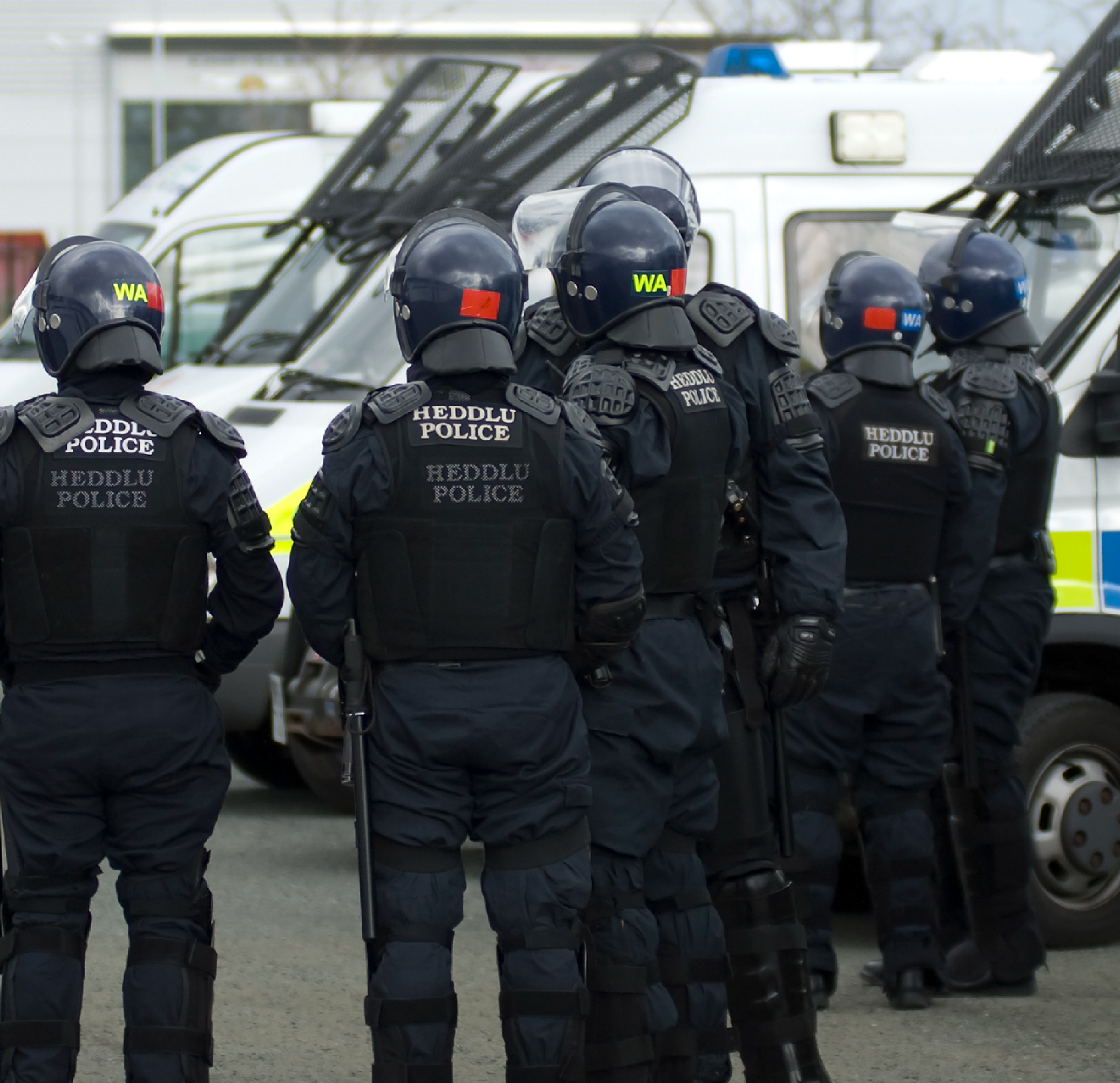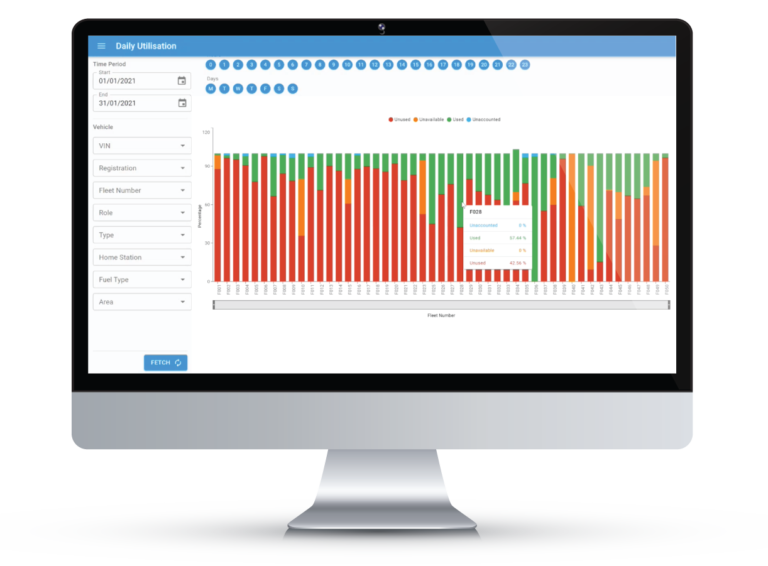Making Officers More Productive
7 November 2022
Importance of Operational Efficiency
Steps to Improve Operational Efficiency

-
Our analysis shows that assessing how officers are utilised in terms of time and analysing the time spent logged into their radios, at base, responding to incidents, driving, attending objectives such as patrolling, working within their designated ward or division and whether they are double crewed, provides a picture of “what the working day looks like” for a typical officer in a specific role, location, division etc.

-
Linking this to provide them with up-to-date information based on their current location and their role will ensure they are more effective as officers will be aware of local intelligence and information to help inform their decisions and make them more effective both in terms of output and outcomes.
By following these steps to improve operational efficiency, your operations will see these benefits:
- Improve resource optimisation – resource optimisation both in terms of officers and vehicles can highlight where resource deployment improvements can be made, and potential efficiencies gained without compromising operational availability
- Improve officer utilisation – understanding how officers use their time and how it fits with organisation and community objectives not only reduces ineffective time but can also assist in refocusing officers to more productive activities.
- Drive operational efficiency – Improving resource utilisation, ensuring officers are well informed and understand what their key tasks are, will provide better officer productivity. Tasking and daily activity analysis will enhance how officers are deployed so improving operational efficiency.
- Discover New Opportunities – Linking data from several sources can highlight new operational opportunities, giving officers real-time updates on information linked to their location will enable them to be more aware of key incidents and community concerns which can lead to new local initiatives or opportunities.

Want more information?
Get in touch today to find out how you can make your officers more productive.
Contact Us